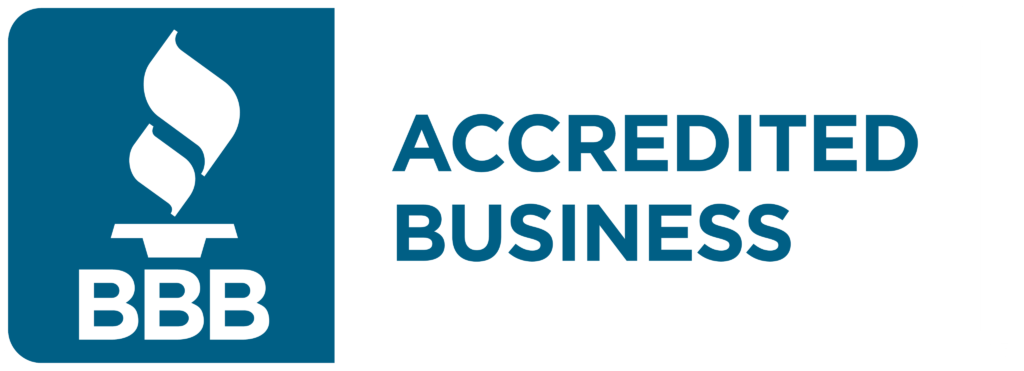
Planning for Retirement
Planning for retirement is a critical aspect of personal financial planning, ensuring that you have the financial resources to support yourself during your retirement years. Here’s a comprehensive guide to help you plan for retirement effectively:
- Determine Your Retirement Goals: Start by envisioning your ideal retirement lifestyle. Consider factors such as where you want to live, how you want to spend your time, and any significant expenses you anticipate, such as travel or healthcare.
- Estimate Your Retirement Expenses: Calculate your anticipated retirement expenses, including housing, utilities, healthcare, insurance, transportation, leisure activities, and any other costs. Be sure to account for inflation and potential healthcare expenses, which may increase as you age.
- Assess Your Retirement Income Sources: Identify all potential sources of retirement income, including:
- Social Security benefits: Determine your estimated Social Security benefits based on your earnings history and projected retirement age.
- Employer-sponsored retirement plans: Review your employer’s retirement plans, such as 401(k)s or pensions, and assess your eligibility and contributions.
- Personal savings and investments: Evaluate your savings and investment accounts, such as IRAs, Roth IRAs, brokerage accounts, and other investments.
- Other sources of income: Consider any additional sources of income, such as rental income, annuities, or part-time work during retirement.
- Calculate Your Retirement Gap: Compare your estimated retirement expenses with your anticipated retirement income to identify any shortfall or “retirement gap.” Determine how much additional savings you’ll need to bridge the gap and maintain your desired standard of living during retirement.
- Develop a Retirement Savings Strategy: Create a plan to save and invest for retirement, taking into account your retirement goals, timeline, risk tolerance, and investment preferences. Consider contributing regularly to tax-advantaged retirement accounts, such as 401(k)s and IRAs, and explore other investment options to diversify your portfolio and maximize growth potential.
- Maximize Retirement Account Contributions: Take advantage of employer-sponsored retirement plans and contribute at least enough to qualify for any employer matching contributions, if available. Contribute the maximum allowable amount to tax-advantaged retirement accounts each year to benefit from tax-deferred or tax-free growth.
- Manage Your Investment Portfolio: Monitor and adjust your investment portfolio regularly to ensure it remains aligned with your retirement goals and risk tolerance. Consider gradually shifting to a more conservative investment strategy as you approach retirement age to protect your savings from market volatility.
- Consider Healthcare and Long-Term Care Costs: Factor in healthcare expenses, including insurance premiums, deductibles, co-pays, and potential long-term care costs, when planning for retirement. Explore options for healthcare coverage, such as Medicare, supplemental insurance policies, or health savings accounts (HSAs).
- Plan for Social Security: Understand how Social Security benefits are calculated and determine the optimal age to start claiming benefits based on your financial situation and longevity expectations. Consider delaying Social Security benefits past full retirement age to maximize your monthly benefit amount.
- Create a Withdrawal Strategy: Develop a systematic withdrawal strategy for tapping into your retirement savings during retirement. Consider factors such as your anticipated lifespan, investment returns, inflation, and tax implications when determining how much to withdraw each year.
- Review and Update Your Plan Regularly: Periodically review your retirement plan to assess your progress, adjust your goals and assumptions as needed, and make any necessary changes to your savings and investment strategy. Life events, economic conditions, and personal circumstances may necessitate revisions to your retirement plan over time.
- Seek Professional Advice: Consider consulting with a financial advisor or retirement planning specialist to help you develop and implement a comprehensive retirement plan tailored to your individual needs, goals, and circumstances. A qualified advisor can provide personalized guidance, recommend investment strategies, and help you navigate complex retirement planning decisions.
By following these steps and staying disciplined in your retirement planning efforts, you can work towards achieving a secure and comfortable retirement lifestyle and enjoy peace of mind knowing that you’ve taken proactive steps to prepare for your future.

